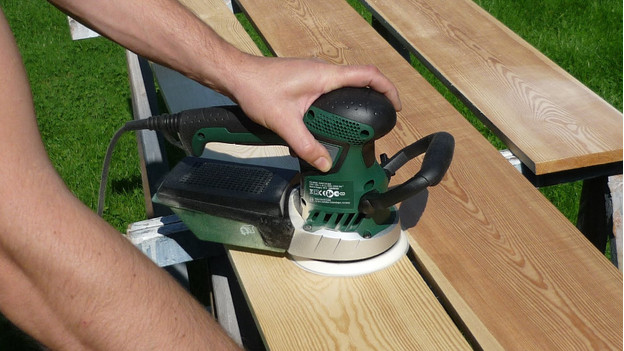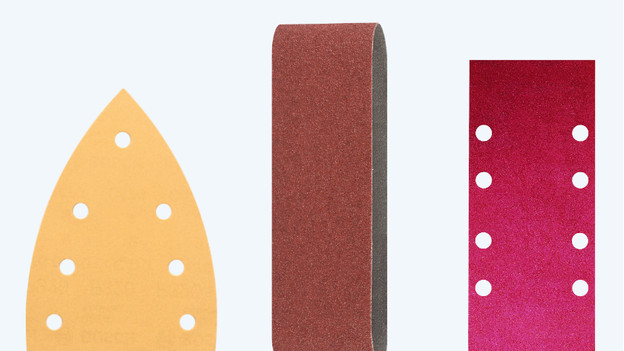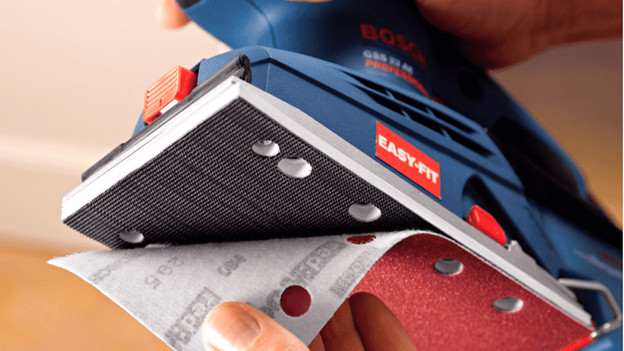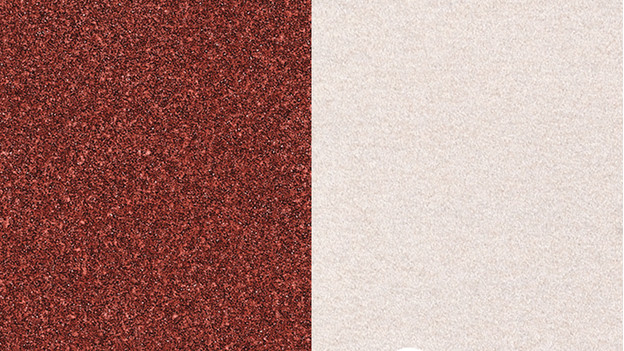
How do you choose the right sandpaper?
Choose sandpaper

Sandpaper comes in different shapes and sizes. To find out which sandpaper type you need, ask yourself the following questions.
- Which type of sandpaper do you need?
- Which attachment system does your sander have?
- Do you want to sand coarsely or finely?
- What material are you working with?
Which type of sandpaper do you need?

Which type of sandpaper you need depends on the type of sander. Don't know which type you have? Check the shape of the sanding pad.
- Iron-shaped: delta sandpaper
- Round: excenter sandpaper
- Rectangular: flat sandpaper
- Elongated: sanding belts
Which attachment system does your sander have?

Depending on the sander, you can attach the sandpaper in 2 ways. You either attach it with velcro or via a clamp system. Sandpaper with velcro is much easier to replace and stays firmly in place. Other sanders have 2 clamps on the side of the sanding pad you can place the paper between. The advantage of this is that you can cut a piece of sandpaper to size and aren't tied to the exact size of the sanding pad.
Want to sand coarsely or finely?

Sandpaper has its own number. This number comes after the letter P or K and indicates what the amount of grains per m² is. The lower the number, the coarser the sandpaper. Which size you need depends on the type of job.
- 40 t/m 60: remove old layer of paint or rust
- 80 t/m 100: sand new wood
- 120 t/m 150: sand existing, decent layers of paint
- 180 t/m 220: sand existing, good layers of paint
- 240: sand new layers of paint
What material are you working with?

Sandpaper comes in different colors. This has to do with the type of material it's suitable for. Dark sandpaper sheets are for natural wood, chipboard, and metal. White paper often lasts longer and can be used for paint, filling materials, and wall putty.


